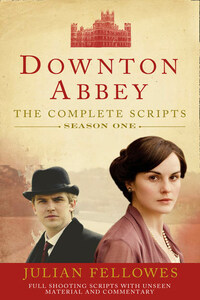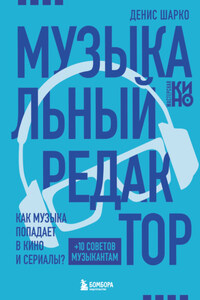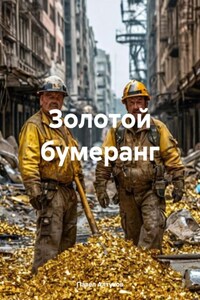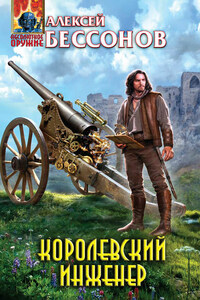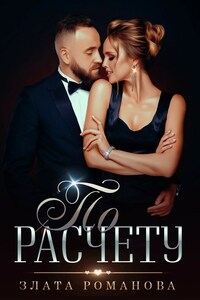1 EXT. NORTHERN ENGLAND. DAWN.
At dawn, a steam train travels through this lovely part of England. As the camera moves in, we can see a man, whom we will know as John Bates, sitting by himself in a second class carriage. Above him run the telegraph wires, humming with their unrevealed, urgent messages. The train flies on.
2 INT. VILLAGE POST OFFICE. DAWN.
A postmaster is sorting the letters with his wife when thereâs a noise. They look at each other.
POSTMASTER: You do it.
Clearly, this is not what she wants to hear. She sits in the corner, puts on a heavy set of headphones and listens.
POSTMASTERâS WIFE: Oh my God.
She starts to write on a telegram form. Then she takes off the headphones as he draws near. She lets him read it.
POSTMASTER: Thatâs impossible. It canât be.
If anything, heâs more shocked than she is.
POSTMASTER (CONTâD): Iâll take it up there now.
POSTMASTERâS WIFE: Jimmy can do it when he comes in.
POSTMASTER: Better take it now.
POSTMASTERâS WIFE: Donât be stupid. None of them will be up for hours and what difference will it make?
But she sighs and shakes her head with sorrow. The credits begin.
3 EXT. DOWNTON ABBEY. DAWN.
April 1912 â The sun is rising behind Downton Abbey, a great and splendid house in a great and splendid park. So secure does it appear, that it seems as if the way of life it represents will last for another thousand years. It wonât.*
4 INT. ANNAâS AND GWENâS BEDROOM.
There is a sharp knock on the door.
DAISY (V.O.): Six oâclock.
GWEN: Thank you, Daisy.â
She looks across at the other body in the bed.
GWEN (CONTâD): Anna?
ANNA: Just once in my life, Iâd like to sleep until I woke up natural.
She groans and lies back, eyes closed.
* I was keen on Highclere to play Downton Abbey from the start, because it is an extraordinary expression of aristocratic confidence, a loud statement of the value of aristocracy. The house was built, or rather, adapted, in the 1830s, at the very beginning of Queen Victoriaâs reign, by Sir Charles Barry who was working on the Houses of Parliament at the time. Knowing as we did that the series, if it was going to run at all, would trace the decline of this particular class there seemed to be a nice irony in choosing a house that was so confident of their worth and value, and you get that from the first moment you arrive, when you enter the great atrium hall to find the coats of arms of every bride reaching all the way up to the ceiling. Somehow that seemed right, as a comment on Robertâs melancholy appreciation that these will prove to be the last days of summer for his kind. These houses were deliberately designed to look monumental, and when you enter any of them, even Blenheim, you will find they are not quite as big as they look from outside, although they are big enough, Lord knows. But Highclere has the added advantage of a very straightforward plan. On the left of the entrance is the small library, followed by the large library, the painted room, the drawing room, the smoking room which we donât use, the staircase, the door to the kitchens, and the circuit is complete with the dining room. Once theyâve been shown that plan, it becomes a very easy one for the audience to follow. Itâs the same with the bedrooms; thereâs a square gallery running round the hall and the bedrooms are off it. So the audience never has to wonder how they got to the library or where precisely is the drawing room. Itâs all absolutely clear, and thatâs a big advantage in filming. Basically, these are the rooms we use to show how the Crawleys live, and these are the rooms we film in.
